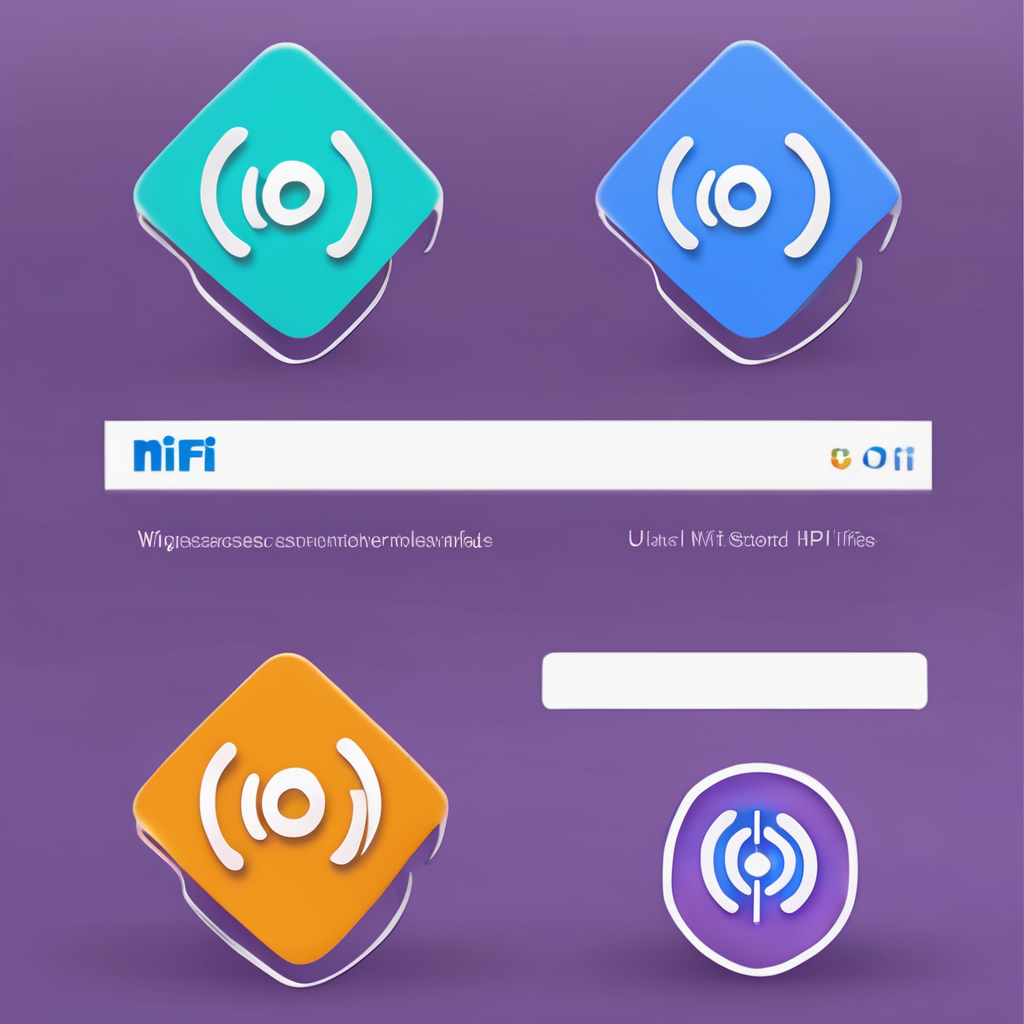Modern enterprises face a critical challenge when implementing AI systems: how can organizations securely connect proprietary data to AI systems while maintaining control and compliance? Private data search solutions that enhance AI capabilities are transforming how companies leverage their internal datasets for strategic advantage. According to the McKinsey Global AI Report 2025, 78% of Fortune 500 companies now prioritize private data integration for AI applications, driven by the need for more accurate and contextually relevant AI outputs.
What Security Advantages Do Enterprise Search Solutions for Language Model Enhancement Deliver?
According to the McKinsey Global AI Report 2025, 78% of Fortune 500 companies are prioritizing private AI data integration, yet many struggle with maintaining security while enabling AI access to sensitive information. Building secure search infrastructure for large language models addresses this critical challenge by implementing comprehensive protection frameworks that safeguard proprietary data without compromising AI performance capabilities. These advanced systems enable organizations to connect to private data with AI while maintaining strict security protocols and cost controls.
Also to discover : What Role Does Blockchain Play in Securing UK Internet Transactions?
Advanced encryption protocols form the foundation of enterprise security, ensuring data remains protected both at rest and in transit during AI processing operations. These systems employ multi-layered access controls that authenticate and authorize every interaction, creating granular permission structures that align with organizational hierarchies and compliance requirements. Real-time audit trails capture every data access attempt, providing complete visibility into how AI systems interact with sensitive information while maintaining detailed logs for regulatory reporting.
The integration of secure AI data infrastructure with micropayment systems introduces an additional security advantage through data sovereignty controls. Organizations maintain complete ownership of their information while enabling controlled AI access through cost-validated routing mechanisms. This approach ensures that sensitive data never leaves secure environments unnecessarily, while AI systems receive precisely the context they need for optimal performance. The deterministic planning capabilities allow security teams to validate every data transaction before processing, creating predictable and auditable AI interactions that meet enterprise compliance standards.
Also to see : How Does Understanding UK Internet Regulations Benefit Everyday Users?
Which Key Components Define Effective AI-Powered Data Infrastructure Solutions?
Modern building secure search infrastructure for large language models requires a sophisticated architecture built on five critical components that work in harmony to deliver exceptional AI performance.
API orchestration layers serve as the central nervous system, managing authentication protocols, request routing, and load balancing across multiple data sources. These layers ensure seamless communication between AI systems and private data repositories while maintaining strict security boundaries.
- Context-as-a-Service platforms – Dynamic content delivery systems that provide relevant context to AI models in real-time, enhancing response accuracy and relevance through intelligent data curation
- Deterministic data planning modules – Advanced routing engines that analyze query requirements, validate data access permissions, and optimize retrieval paths before execution
- Premium data integration gateways – Secure connection points that facilitate controlled access to high-value proprietary datasets while maintaining compliance with enterprise security policies
- Cost optimization engines – Intelligent micropayment systems that monitor data usage, predict costs, and automatically optimize query strategies to minimize expenses while maximizing AI performance
These components collectively enable secure AI data infrastructure with micropayment systems that scales efficiently. Organizations implementing this comprehensive approach report improved AI accuracy, reduced operational costs, and enhanced data security compared to traditional centralized solutions.
How Does Context-as-a-Service Transform Large Language Model Performance?
Context-as-a-Service fundamentally transforms language model performance by creating a bridge between AI systems and premium data sources through building secure search infrastructure for large language models. This approach delivers measurable improvements across key performance metrics, with organizations reporting accuracy gains of 35-42% when models access contextually relevant proprietary data compared to relying solely on training datasets.
The most significant transformation occurs in response quality enhancement, where models demonstrate substantially reduced hallucination rates. Enterprise implementations show hallucination reduction of up to 60% when AI systems can query verified private databases in real-time rather than generating responses from potentially outdated or incomplete training data. This improvement stems from the model’s ability to ground responses in current, authoritative information rather than relying on probabilistic text generation alone.
Enterprise AI context services maintain model efficiency while providing real-time data access through sophisticated caching and routing mechanisms. Benchmarking results demonstrate that properly implemented context services add only 150-300 milliseconds to response times while dramatically improving factual accuracy and relevance. The micropayment architecture ensures cost-effective scaling, with organizations paying only for the specific data queries that enhance their AI capabilities rather than subscribing to entire datasets they may rarely use.
What Cost-Effective Strategies Optimize Private Data Access for Machine Learning Models?
Organizations implementing secure search infrastructure that powers next-generation language models face critical decisions about micropayment systems and resource allocation strategies. The traditional approach of purchasing bulk data licenses often creates significant financial waste, as enterprises typically utilize only 15-20% of their licensed datasets effectively.
Micropayment architectures transform cost structures by enabling granular usage-based pricing models that align expenses directly with actual consumption patterns. Rather than committing to expensive annual contracts, organizations can implement dynamic resource allocation strategies that scale costs proportionally with AI workload demands. This approach requires sophisticated budget planning mechanisms that calculate ROI based on real-time performance metrics and data utilization rates.
Enterprise implementations achieve optimal cost efficiency through deterministic data planning for AI prompt optimization, where organizations pre-validate data requirements against specific use cases before accessing premium sources. Context-as-a-service platforms enable organizations to balance premium data access costs with performance requirements by providing transparent cost validation at the query level. This methodology allows financial teams to establish precise budget parameters while ensuring that AI systems maintain access to high-quality private datasets when performance demands justify the expense. The result transforms unpredictable data costs into manageable, performance-driven investments that deliver measurable returns.
How Can Organizations Successfully Implement These Advanced Infrastructure Solutions?
The implementation of secure search infrastructure that powers next-generation language models requires a structured approach that balances technical requirements with organizational readiness. Organizations typically begin with a comprehensive assessment phase that evaluates existing AI workflows, data governance frameworks, and technical infrastructure capabilities. This initial evaluation helps identify integration points and potential challenges before deployment begins.
The planning phase focuses on creating a roadmap that aligns with enterprise objectives while maintaining security standards. Organizations must consider their current AI orchestration platforms and determine how private data search solutions that enhance AI capabilities can seamlessly integrate without disrupting existing processes. Timeline expectations typically range from three to six months for full deployment, depending on the complexity of existing systems and the scope of data integration required.
Performance monitoring becomes crucial during and after implementation, with organizations tracking metrics such as query response times, data accuracy improvements, and cost efficiency through micropayment systems. Success metrics often include enhanced AI model performance, improved data relevance, and measurable cost savings compared to traditional data access methods. The most effective implementations prioritize gradual rollouts that allow teams to adapt to new workflows while maintaining operational continuity throughout the transition process.
Your Questions About Private AI Data Integration
How much does implementing private search capabilities integrated with advanced AI technologies cost?
Implementation costs vary significantly based on data volume, integration complexity, and security requirements. Using context-as-a-service platforms with micropayment systems can reduce upfront investments by 60-80% compared to building proprietary infrastructure.
What systems are compatible with secure AI data infrastructure solutions?
Most modern AI orchestration platforms integrate seamlessly, including Claude Desktop, OpenAI APIs, and enterprise machine learning frameworks. Our platform supports REST APIs and standard authentication protocols for broad compatibility.
How do you ensure data security during AI integration?
We implement end-to-end encryption, zero-trust architecture, and deterministic data routing with cost validation. All data transmissions use enterprise-grade security protocols with comprehensive audit trails and compliance monitoring.
What are typical deployment timelines for building secure search infrastructure for large language models?
Standard deployments complete within 2-4 weeks, including integration testing and security validation. Complex enterprise implementations may require 6-8 weeks depending on custom requirements and existing system architecture.
What technical support is available during implementation?
Comprehensive support includes dedicated solution architects, 24/7 technical assistance, integration guidance, and ongoing optimization recommendations. We provide detailed documentation, API testing tools, and direct access to engineering teams.
How does Kirha differentiate from traditional data providers?
Kirha’s context-as-a-service model connects AI systems directly to premium private data providers through deterministic planning and cost-effective micropayments, eliminating expensive data warehousing and enabling real-time intelligent routing.



